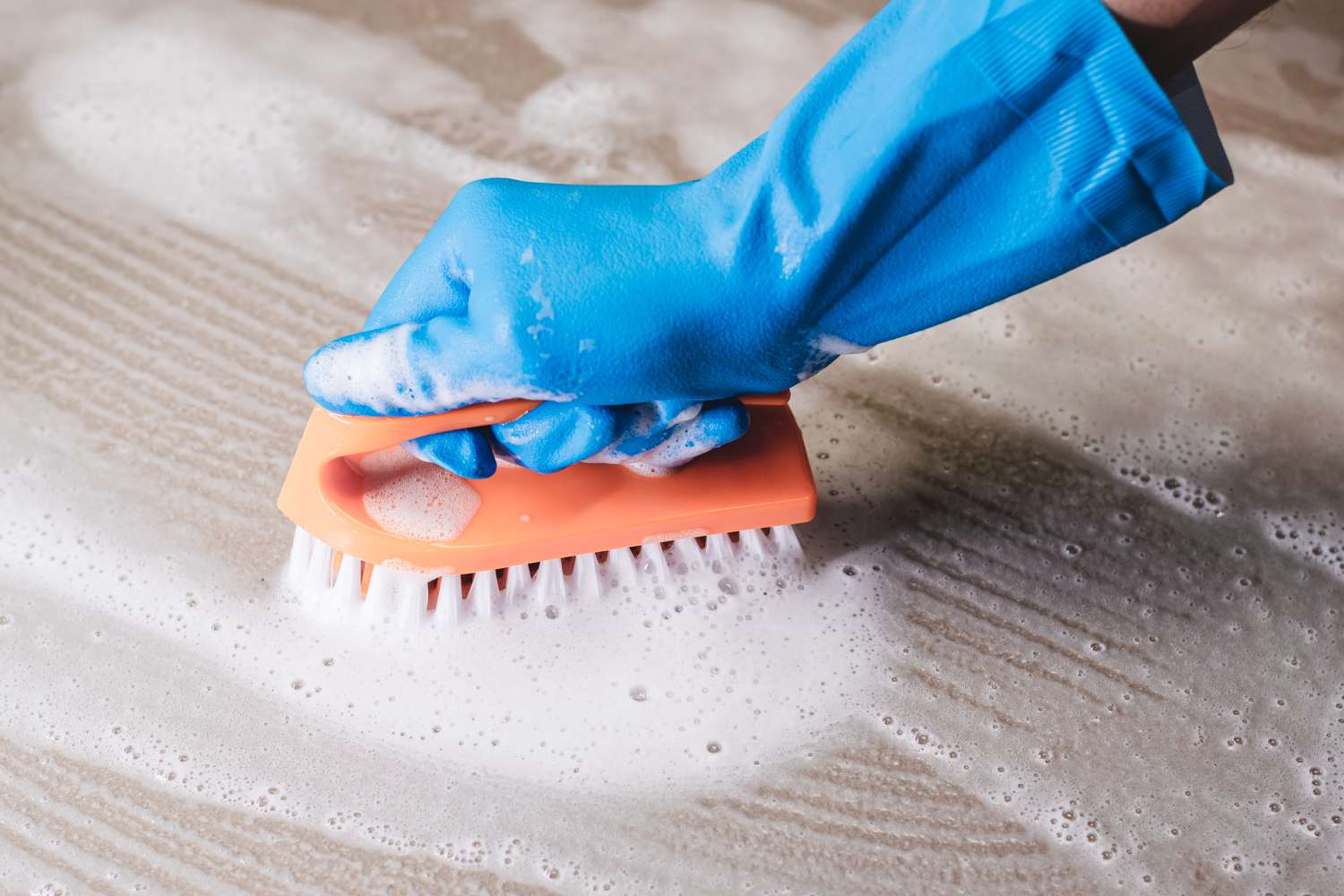

Articles
How To Get Mold Off Wood Furniture
Modified: November 1, 2024
Learn how to remove mold from wood furniture with these easy steps. Safely and effectively eliminate mold and restore the beauty of your furniture.
(Many of the links in this article redirect to a specific reviewed product. Your purchase of these products through affiliate links helps to generate commission for Storables.com, at no extra cost. Learn more)
How To Get Mold Off Wood Furniture
Mold growth on wood furniture can be unsightly and also pose potential health risks. It is important to address mold promptly and effectively to prevent further damage and ensure a safe living environment. In this article, we will discuss the steps you can take to get mold off your wood furniture and prevent its reoccurrence.
Key Takeaways:
- Safeguard your health and furniture by promptly identifying and removing mold from wood furniture. Take preventive measures to maintain a healthy living environment and prolong the lifespan of your wooden pieces.
- Prioritize regular inspection and maintenance to prevent mold growth on wood furniture. Implement strategies to control moisture levels, ensure proper ventilation, and protect your furniture from potential damage.
Read more: How To Get Green Mold Off Siding
Identifying Mold on Wood Furniture
Before you can begin removing mold from your wood furniture, you first need to identify its presence. Look for visible signs of mold growth, such as black or green spots, fuzzy patches, or a musty odor. Different types of mold can appear on wood furniture, including Aspergillus, Penicillium, or Stachybotrys (also known as black mold). Proper identification helps in determining the appropriate removal and cleaning techniques.
Preparing for Removal
Prior to starting the mold removal process, it is crucial to take certain safety precautions. Wear protective gloves, a mask, and eye goggles to prevent direct contact with the mold. If possible, move the furniture to a well-ventilated area or outdoors to minimize the spread of spores. Additionally, gather the necessary tools and materials, including a soft brush or cloth, a vacuum cleaner with a HEPA filter, mild detergent, vinegar, or commercial mold removal solutions.
Removing Mold from Wood Furniture
Once you have prepared, you can begin the mold removal process. Start by gently brushing or wiping away any loose mold spores from the surface of the furniture. Use a vacuum cleaner with a HEPA filter to thoroughly remove any remaining spores or debris. For non-porous surfaces, you can use a mixture of mild detergent and water to clean the furniture. Alternatively, you can use vinegar, which has natural antifungal properties, to clean mold off the surface. If the mold has deeply penetrated the wood, you may need to use a commercial mold remover following the product instructions. Be sure to test any cleaning solution on a small inconspicuous area first to ensure it does not cause any discoloration or damage to the wood.
Preventing Future Mold Growth
After successfully removing mold from your wood furniture, it is essential to take preventive measures to avoid its reoccurrence. Keep your furniture in a well-ventilated area and maintain proper humidity levels in your home to discourage mold growth. Regularly inspect your furniture for any signs of moisture or mold and address them promptly. Avoid placing furniture in areas prone to high humidity, such as basements or bathrooms. Additionally, consider using mold-resistant paint or sealants on your wood furniture to provide added protection against mold growth.
By following these steps and taking preventive measures, you can effectively get mold off your wood furniture and maintain a healthy living environment. Remember to assess the extent of the mold growth and seek professional assistance if required. Regular inspections and proper maintenance of your wooden furniture will help prevent future mold issues and ensure its longevity.
Read more: How To Get Mold Off A Bath Mat
Introduction
Mold growth on wood furniture is a common problem that should not be ignored. Not only does it affect the appearance and integrity of the furniture, but it can also pose potential health risks. In this introduction, we will highlight the importance of addressing mold on wood furniture and the potential health risks associated with mold exposure.
When mold starts to grow on wood furniture, it can lead to discoloration, stains, and even structural damage. Mold thrives in damp and humid conditions, making wooden furniture an ideal breeding ground. If left untreated, mold can penetrate deep into the wood, causing irreversible damage and making it difficult to salvage the furniture.
Beyond the cosmetic and structural issues, mold exposure can have serious health consequences. Mold releases spores into the air, which can be inhaled and trigger allergic reactions in some individuals. Common symptoms include sneezing, coughing, itchy and watery eyes, and respiratory problems. People with pre-existing respiratory conditions, allergies, or weakened immune systems are particularly vulnerable to the negative effects of mold exposure.
In addition to allergic reactions, some molds produce toxins known as mycotoxins. These mycotoxins can cause a range of health problems when exposed to humans. Prolonged exposure to mycotoxins can lead to respiratory issues, fatigue, headaches, skin irritation, and even more severe conditions such as asthma and chronic lung diseases.
Therefore, addressing mold growth on wood furniture is not just about aesthetics but also about safeguarding the health and well-being of everyone in the household. Taking prompt action to remove mold and prevent its reoccurrence is crucial.
In the following sections, we will discuss how to identify mold on wood furniture, the necessary steps to remove it, and preventive measures to reduce the risk of future mold growth. By following these guidelines, you can ensure a healthy environment and prolong the lifespan of your wood furniture.
Key Takeaways:
- Safeguard your health and furniture by promptly identifying and removing mold from wood furniture. Take preventive measures to maintain a healthy living environment and prolong the lifespan of your wooden pieces.
- Prioritize regular inspection and maintenance to prevent mold growth on wood furniture. Implement strategies to control moisture levels, ensure proper ventilation, and protect your furniture from potential damage.
Read more: How To Get Green Mold Off Siding
Identifying Mold on Wood Furniture
Identifying mold growth on wood furniture is essential in order to take appropriate action and prevent further damage. In this section, we will discuss the signs and symptoms of mold growth on wood furniture and the different types of mold commonly found on such surfaces.
Signs and Symptoms of Mold Growth:
- Visible Mold: The presence of black, green, or brown spots or patches on the surface of the wood furniture is a clear indication of mold growth. Mold can appear fuzzy, slimy, or powdery in texture.
- Musty Odor: Mold often emits a distinctive musty or earthy smell. If you notice an unpleasant smell coming from your wooden furniture, there is a high likelihood of mold presence.
- Discoloration: Mold growth can cause discoloration on the surface of the wood, ranging from light stains to dark patches, depending on the type and extent of mold infestation.
- Texture Changes: Mold can cause the wood to become warped, softened, or disintegrated over time. If you notice any changes in the texture or integrity of the furniture, it could be a result of mold growth.
Different Types of Mold Commonly Found on Wood Furniture:
- Aspergillus: This is a common type of mold found on wood surfaces. It can appear in various colors, including green, yellow, or black. Aspergillus mold can trigger allergic reactions in some individuals.
- Penicillium: Penicillium mold is often green or blue in color and has a fuzzy texture. It is a common contaminant found on wooden furniture, especially in humid conditions. Penicillium mold can cause respiratory issues and allergies.
- Stachybotrys (Black Mold): Often referred to as black mold, Stachybotrys is a toxic mold species that appears black or dark green in color. It thrives in areas with excessive moisture and can release harmful mycotoxins. Black mold can have severe health implications and should be dealt with promptly by professionals.
- Cladosporium: Cladosporium is a type of mold that can grow on both indoor and outdoor surfaces, including wood furniture. It usually appears black or olive-green in color and has a powdery or velvety texture.
It is important to note that while some molds are more common than others, the presence of any mold on wooden furniture should be taken seriously. Proper identification of the mold species can aid in choosing the most effective removal method and mitigate potential health risks.
In the next section, we will discuss the necessary steps to prepare for mold removal and the tools and materials required for the process.
Preparing for Removal
Before starting the mold removal process on your wood furniture, it is crucial to take necessary safety precautions and gather the appropriate tools and materials. Proper preparation ensures a safe and effective removal process. In this section, we will discuss the safety precautions and the tools and materials needed for successful mold removal.
Safety Precautions before Starting the Removal Process:
- Protective Gear: Wear gloves, a mask, and eye goggles to safeguard yourself from direct contact with the mold spores and any cleaning solutions used during the removal process. This helps to prevent allergic reactions and respiratory issues.
- Ventilation: Work in a well-ventilated area or open windows to allow fresh air to circulate. This helps to minimize the concentration of mold spores in the air and prevent their spread to other areas of your home.
- Isolation: If possible, isolate the furniture being treated in a designated area to avoid cross-contamination with other furniture or surfaces.
Gathering Necessary Tools and Materials:
- Soft Brush or Cloth: A soft brush or cloth is essential for gently removing loose mold spores from the surface of the wood furniture before proceeding with the cleaning process.
- Vacuum Cleaner with HEPA Filter: Use a vacuum cleaner equipped with a high-efficiency particulate air (HEPA) filter to thoroughly remove any remaining mold spores and debris from the furniture. This helps to prevent the spread of spores to other areas.
- Mild Detergent: Prepare a solution of mild detergent and water for cleaning non-porous surfaces. This solution helps to remove surface mold and grime effectively.
- Vinegar: Vinegar is a natural and safe option for cleaning mold off wooden furniture. It has antifungal properties that can help kill and inhibit mold growth. Dilute vinegar with water in a 1:1 ratio before use.
- Commercial Mold Removal Solutions: If the mold growth is extensive or stubborn, consider using commercial mold removal solutions. These products are specifically designed to eliminate mold and may require following the manufacturer’s instructions for application and safety.
By taking proper safety precautions and gathering the necessary tools and materials, you set the foundation for a successful mold removal process. In the next section, we will guide you through the step-by-step instructions for removing mold from wood furniture using different methods.
Removing Mold from Wood Furniture
Removing mold from wood furniture is a crucial step in preserving its condition and maintaining a healthy living environment. In this section, we will provide you with step-by-step instructions on how to remove mold from your wooden furniture, whether by using natural or commercial mold removal solutions. We will also provide tips for effectively cleaning different types of wood.
Step-by-Step Instructions:
- Begin by donning your protective gear, including gloves, a mask, and eye goggles, to prevent direct contact with mold spores and any cleaning solutions.
- Take the furniture outside or to a well-ventilated area to minimize the spread of mold spores and ensure proper air circulation.
- Using a soft brush or cloth, gently remove any loose mold spores from the surface of the furniture. Be careful not to scrub vigorously, as this may cause damage to the wood.
- Next, use a vacuum cleaner with a HEPA filter to thoroughly clean the furniture, removing any remaining mold spores or debris. Pay close attention to cracks, crevices, and corners where mold may hide.
- For non-porous surfaces, such as varnished or painted wood, you can create a solution of mild detergent and warm water. Dampen a cloth or sponge with the solution and gently scrub the affected areas. Rinse the cloth frequently and change the solution as needed.
- If you prefer a natural option, vinegar can be used as an effective mold removal solution. Dilute vinegar with water in a 1:1 ratio and apply it to the affected areas. Let it sit for a few minutes, then wipe clean with a damp cloth.
- If the mold has deeply penetrated the wood or the above methods are not effective, consider using commercial mold removal solutions. Follow the product instructions carefully, ensuring proper application and safety precautions.
- After removing the mold, thoroughly dry the furniture. Use a fan or place it in a well-ventilated area to promote faster drying. Moisture control is crucial in preventing mold from returning.
Tips for Cleaning Different Types of Wood:
- Hardwood: Hardwood furniture, such as oak or mahogany, can withstand more vigorous cleaning. However, be cautious not to scrub too harshly, as it may scratch the surface.
- Softwood: Softwood, like pine, is more susceptible to damage from excessive moisture. Use a slightly damp cloth or sponge for cleaning and ensure thorough drying afterward.
- Veneer: Veneered furniture requires extra care, as the thin layer of wood can easily warp or peel. Avoid using excessive moisture and opt for a gentle cleaning method.
- Antique or Delicate Wood: Antique or delicate wood furniture may require professional assistance to ensure proper cleaning and preservation. Consult with an expert if you are uncertain.
Remember to test any cleaning solution on a small, inconspicuous area first to ensure it does not cause any discoloration or damage to the wood. By following these step-by-step instructions and considering the type of wood you are working with, you can effectively remove mold from your wood furniture and restore its beauty.
In the next section, we will discuss preventive measures to reduce the risk of future mold growth on your wooden furniture.
Preventing Future Mold Growth
After successfully removing mold from your wood furniture, it is essential to take preventive measures to avoid its reoccurrence. By implementing these strategies and practicing proper maintenance and care, you can reduce the risk of future mold growth and ensure the longevity of your wooden furniture.
Strategies for Preventing Mold Regrowth:
- Control Moisture Levels: Mold thrives in damp and humid environments. Keep your home well-ventilated and maintain appropriate humidity levels. Use dehumidifiers, air conditioners, or fans to reduce moisture in the air.
- Avoid Excessive Moisture: Be mindful of spills, leaks, or any sources of excess moisture near your wooden furniture. Clean up spills immediately and address any leaks promptly to prevent water from seeping into the wood.
- Proper Air Circulation: Ensure good airflow around your furniture by maintaining sufficient space between the pieces and not overcrowding them against walls or in closed-off areas. This allows for better ventilation and reduces the chances of mold growth.
- Monitor Indoor Humidity: Using a hygrometer, monitor the humidity levels in your home regularly. Aim for a relative humidity below 60% to discourage mold growth.
- Inspect and Address Mold Issues Promptly: Regularly inspect your furniture for any signs of mold growth or moisture. If you notice any mold reoccurrence, take immediate action to address it before it spreads further.
- Preventative Measures for Wet Areas: If placing wooden furniture in areas prone to high humidity, such as basements or bathrooms, consider using dehumidifiers or moisture-absorbing packets. Additionally, ensure proper ventilation in these areas to reduce moisture buildup.
- Mold-Resistant Paint or Sealants: Consider using mold-resistant paint or sealants on your wooden furniture. These products provide an extra layer of protection against mold growth.
Proper Maintenance and Care for Wooden Furniture:
- Regular Cleaning: Routinely clean your wooden furniture to remove dust, dirt, and any potential sources of mold growth. Use a soft cloth or duster to keep the surfaces clean.
- Polishing and Sealing: Apply furniture polish or wax to maintain the wood’s natural luster and create a protective barrier. Follow the manufacturer’s instructions for proper application.
- Avoid Excessive Moisture Contact: Be cautious when cleaning your furniture to prevent excessive moisture contact. Wipe up spills immediately and use a slightly damp cloth for cleaning, ensuring thorough drying afterward.
- Keep Furniture Away from Direct Sunlight: Prolonged exposure to direct sunlight can fade and damage wooden furniture. Position your furniture away from direct sunlight or use curtains or blinds to filter the sunlight.
- Use Coasters and Mats: Place coasters, placemats, or tablecloths under glasses, dishes, and other objects to protect the wood surface from moisture and heat.
By implementing these preventative strategies and practicing proper maintenance and care, you can significantly reduce the risk of mold regrowth on your wooden furniture. Regular inspections and immediate action in case of mold recurrence will help maintain a healthy indoor environment and preserve the beauty and longevity of your prized pieces.
In the concluding section, we will summarize the key points discussed and emphasize the importance of regular inspection and maintenance.
Conclusion
In conclusion, addressing mold on wood furniture is crucial for both the appearance and the health of your living environment. Throughout this article, we have covered various key points regarding mold removal, prevention, and maintenance. Let’s summarize them and emphasize the importance of regular inspection and maintenance.
We began by highlighting the importance of addressing mold on wood furniture, as it can lead to structural damage and pose potential health risks. Mold growth on wooden furniture is not just an aesthetic issue, but it can also trigger allergic reactions and respiratory problems, especially in individuals with pre-existing conditions.
We discussed the identification of mold on wood furniture, including the signs and symptoms to look out for, such as visible mold, musty odor, discoloration, and texture changes. Furthermore, we explained the different types of mold commonly found on wood furniture, such as Aspergillus, Penicillium, Stachybotrys (black mold), and Cladosporium.
Before embarking on the mold removal process, we emphasized the importance of safety precautions, such as wearing protective gear, ensuring proper ventilation, and isolating the affected furniture. We also provided a list of essential tools and materials, including a brush or cloth, a vacuum cleaner with a HEPA filter, mild detergent, vinegar, and commercial mold removal solutions.
We then delved into the step-by-step instructions for removing mold from wood furniture, whether using natural solutions like vinegar or commercial mold removal solutions. Additionally, we provided tips for effectively cleaning different types of wood, such as being cautious with hardwoods, using less moisture on softwoods, and handling veneer and antique wood with care.
In the section on preventing future mold growth, we discussed strategies for controlling moisture levels, avoiding excessive moisture, ensuring proper air circulation, monitoring indoor humidity, inspecting and addressing mold issues promptly, and considering mold-resistant paint or sealants.
Lastly, we highlighted the importance of proper maintenance and care for wooden furniture, including regular cleaning, polishing and sealing, avoiding excessive moisture contact, protecting from direct sunlight, and using coasters and mats.
In summary, regularly inspecting your wood furniture for mold growth and practicing proper maintenance and care are essential. By addressing mold promptly, implementing preventive measures, and maintaining a healthy living environment, you can extend the lifespan of your wooden furniture and promote overall well-being.
Remember, when it comes to mold on wood furniture, prevention and proactive maintenance are key to preserving its integrity and ensuring a safe and beautiful living environment.
Frequently Asked Questions about How To Get Mold Off Wood Furniture
Was this page helpful?
At Storables.com, we guarantee accurate and reliable information. Our content, validated by Expert Board Contributors, is crafted following stringent Editorial Policies. We're committed to providing you with well-researched, expert-backed insights for all your informational needs.
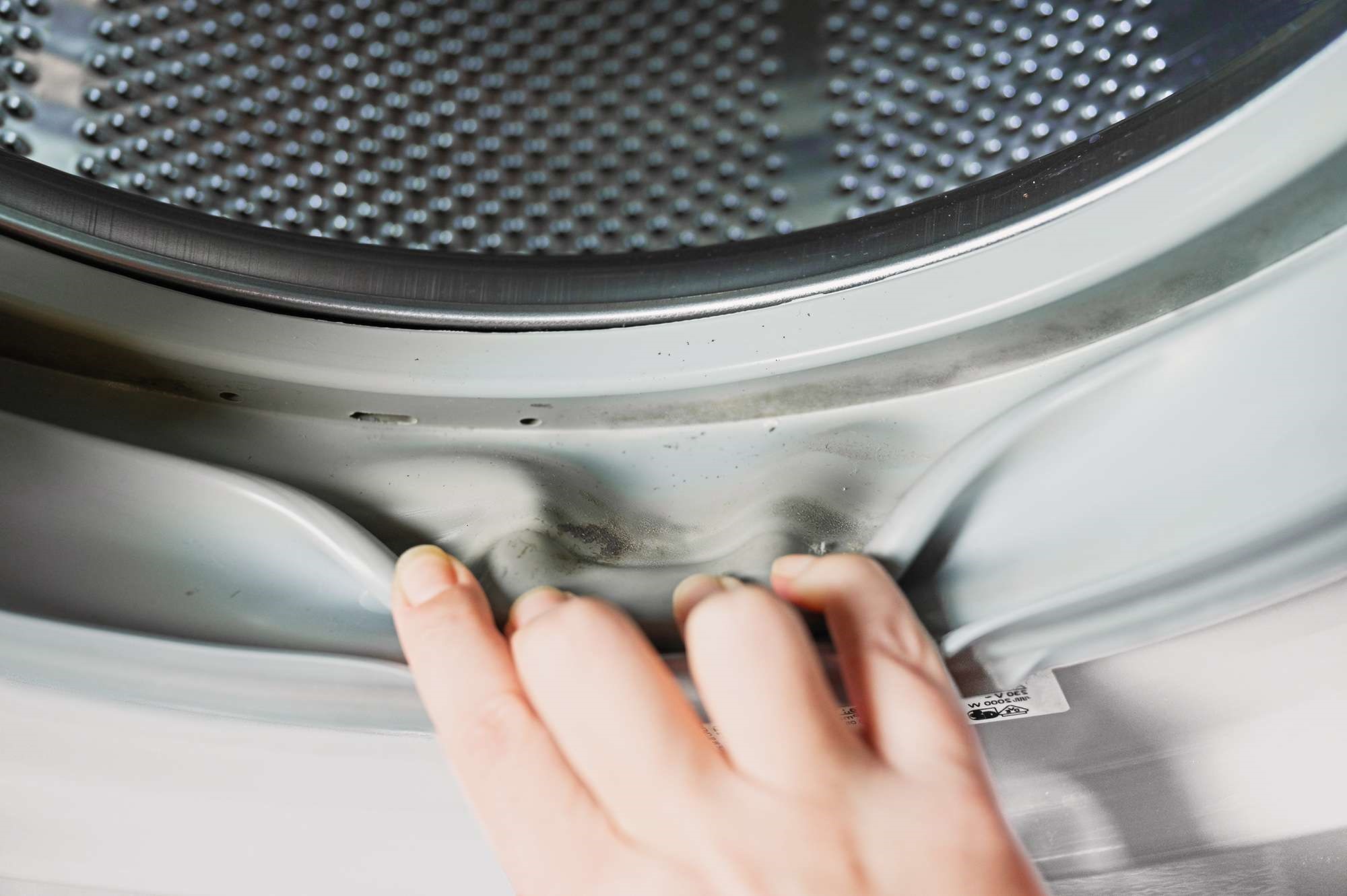
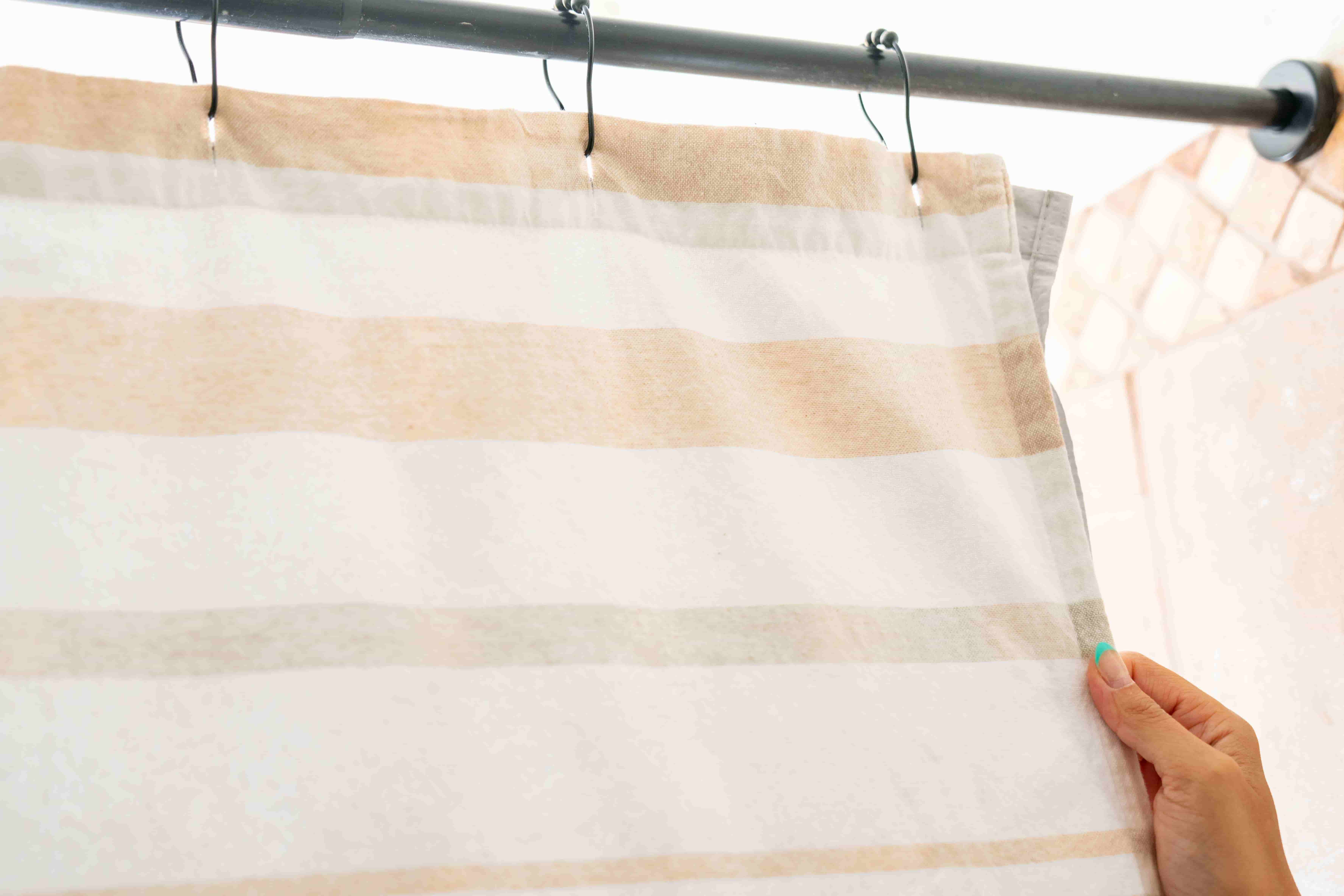
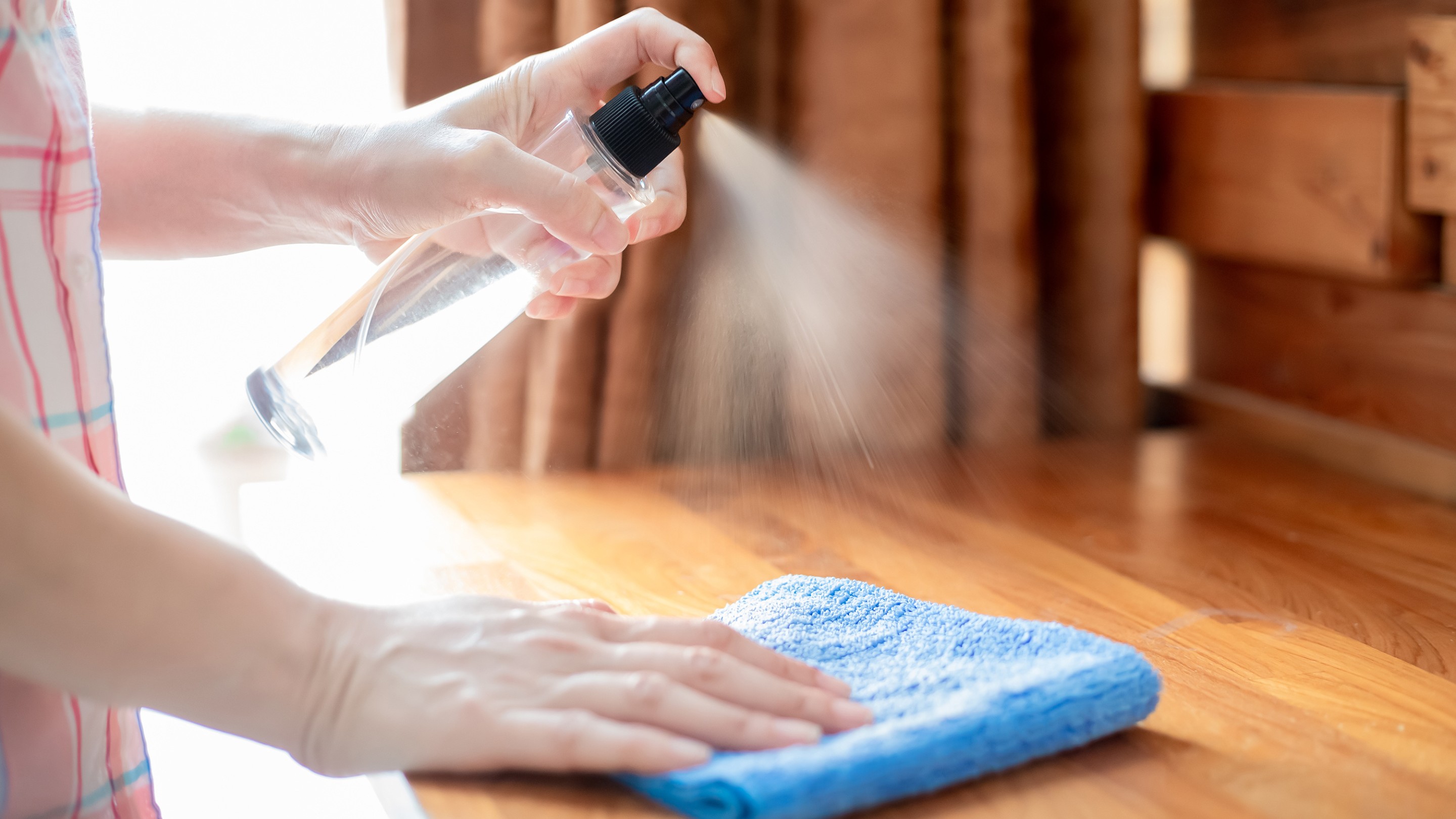

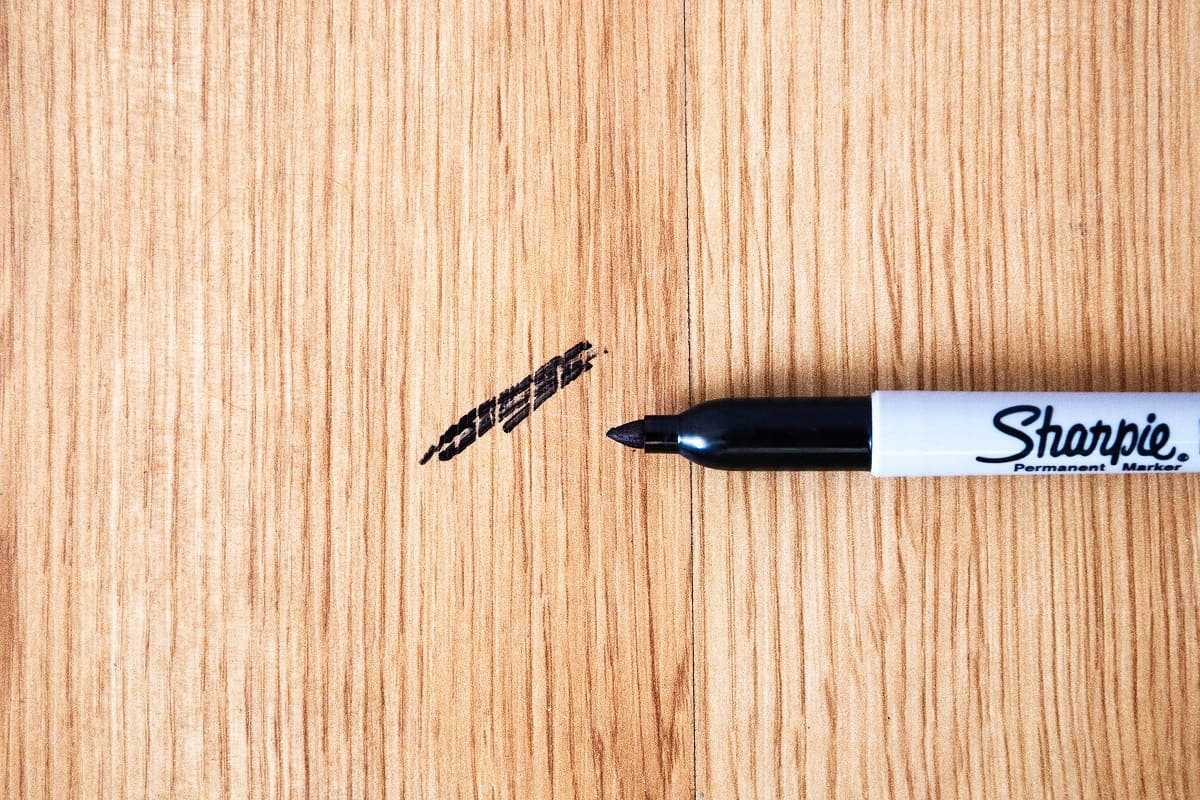
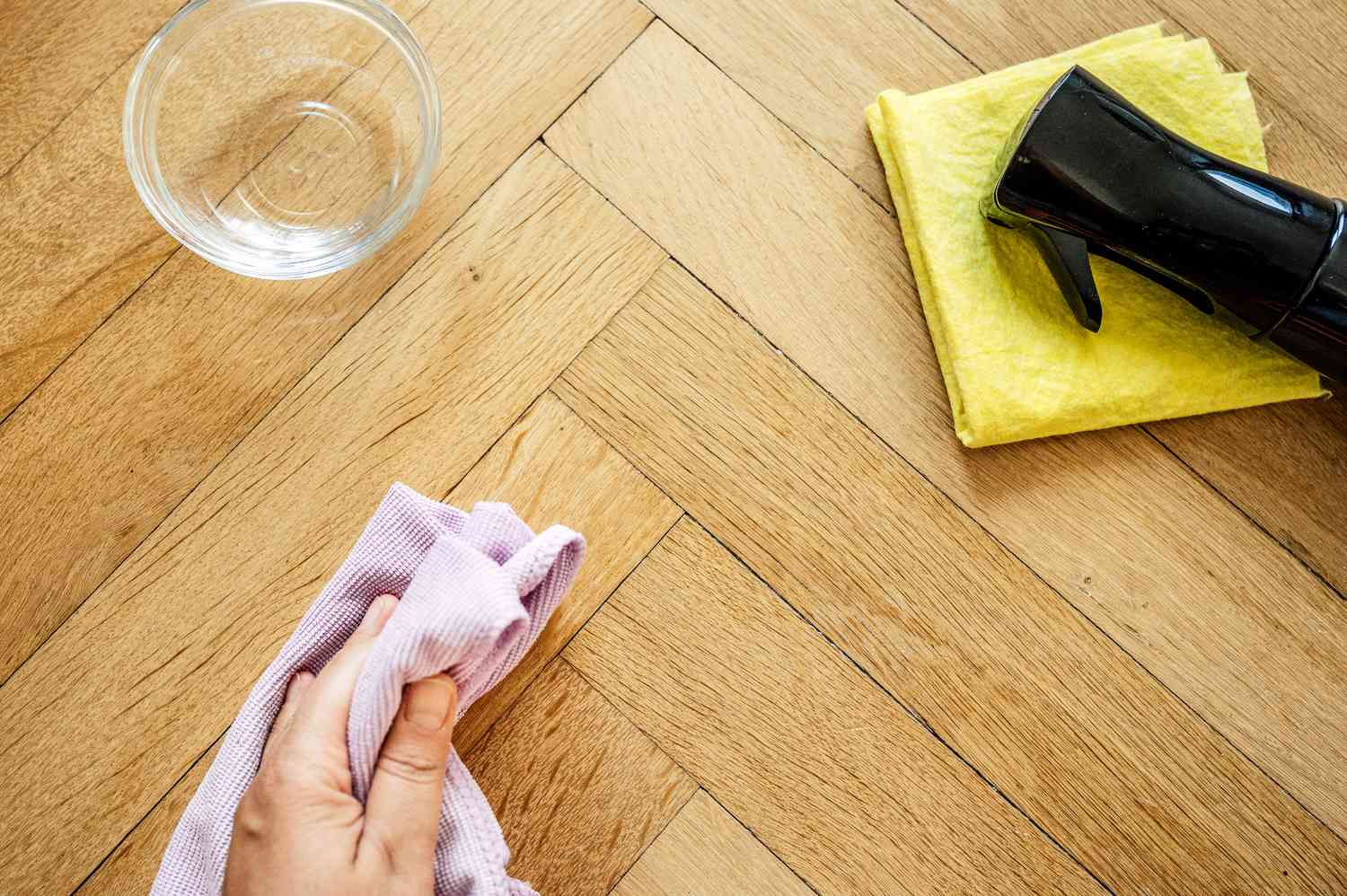
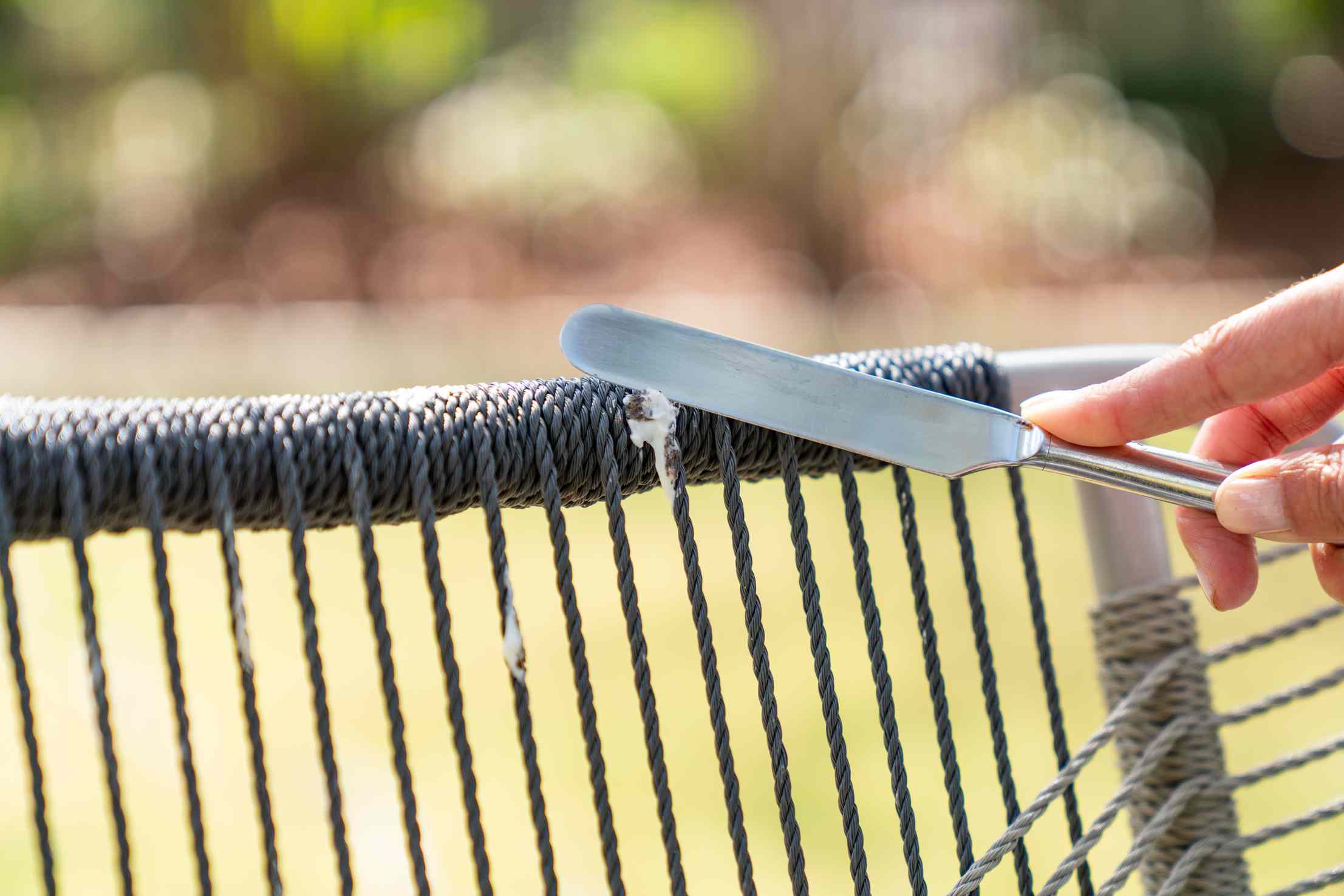
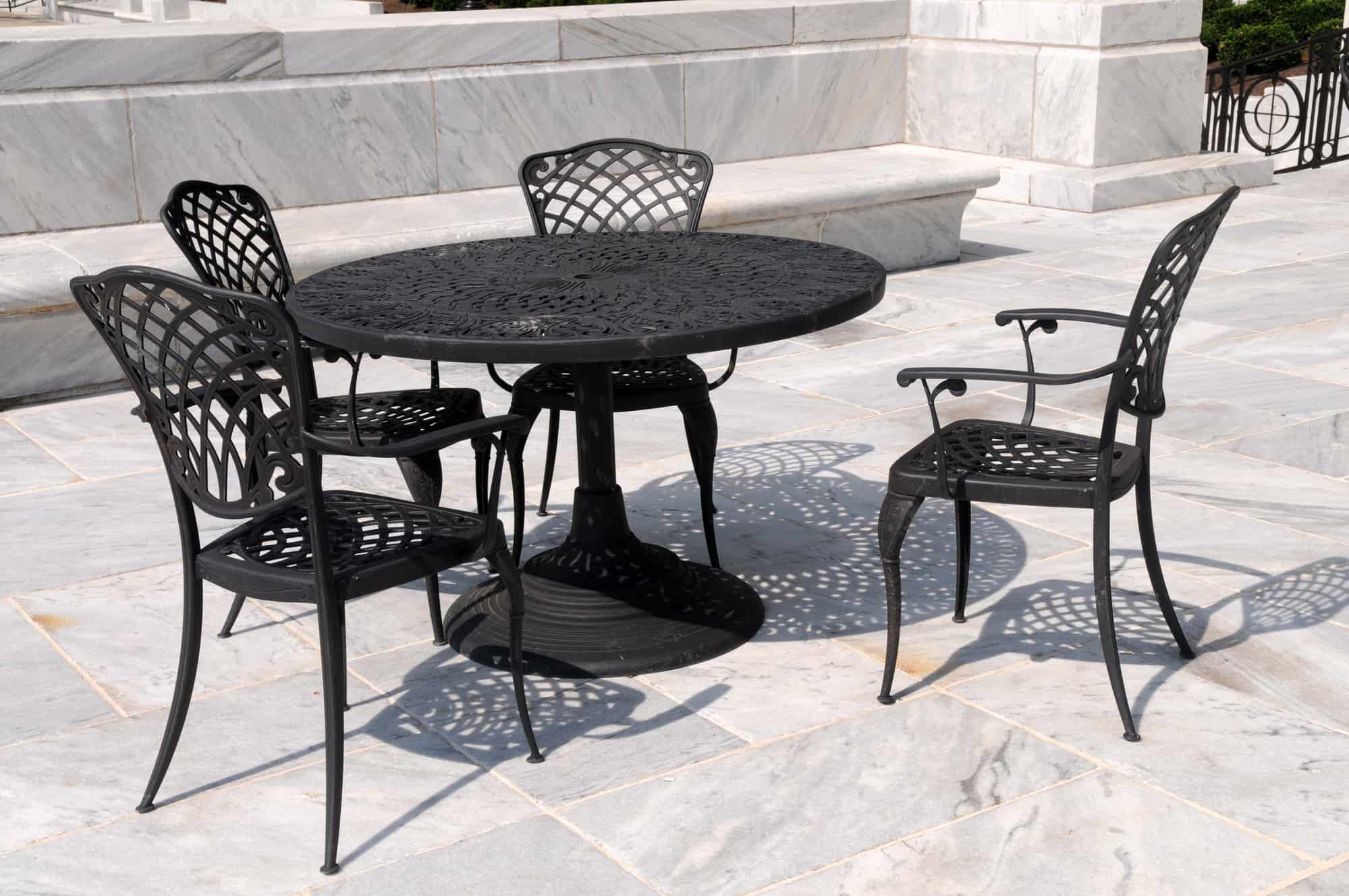
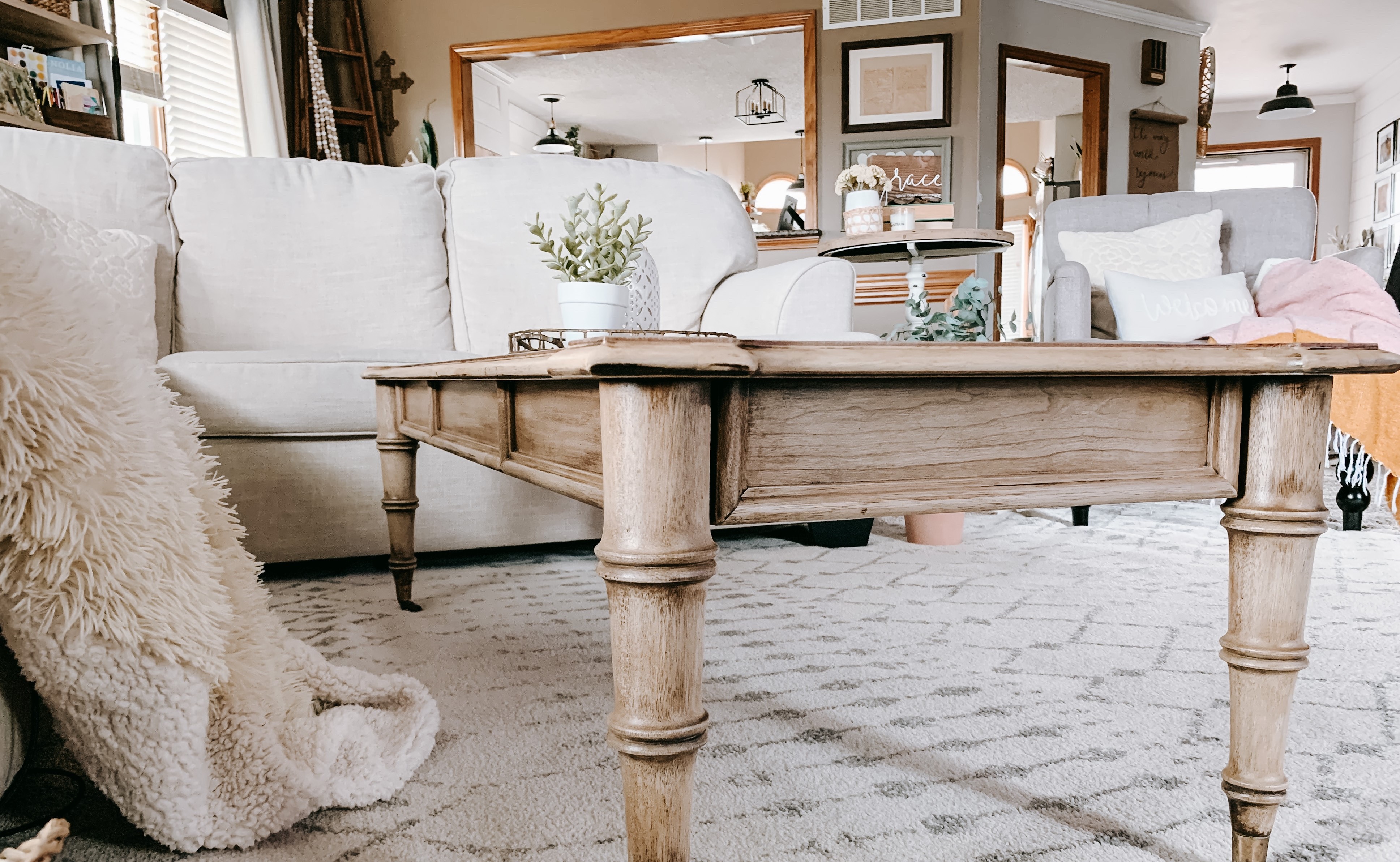
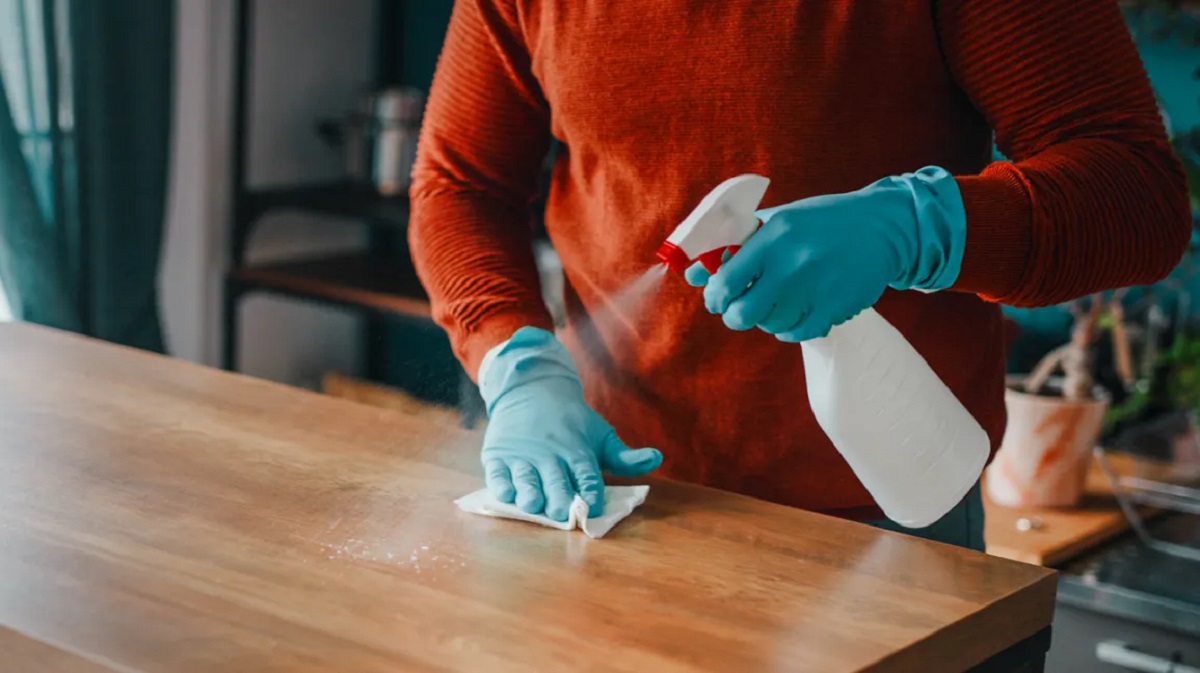
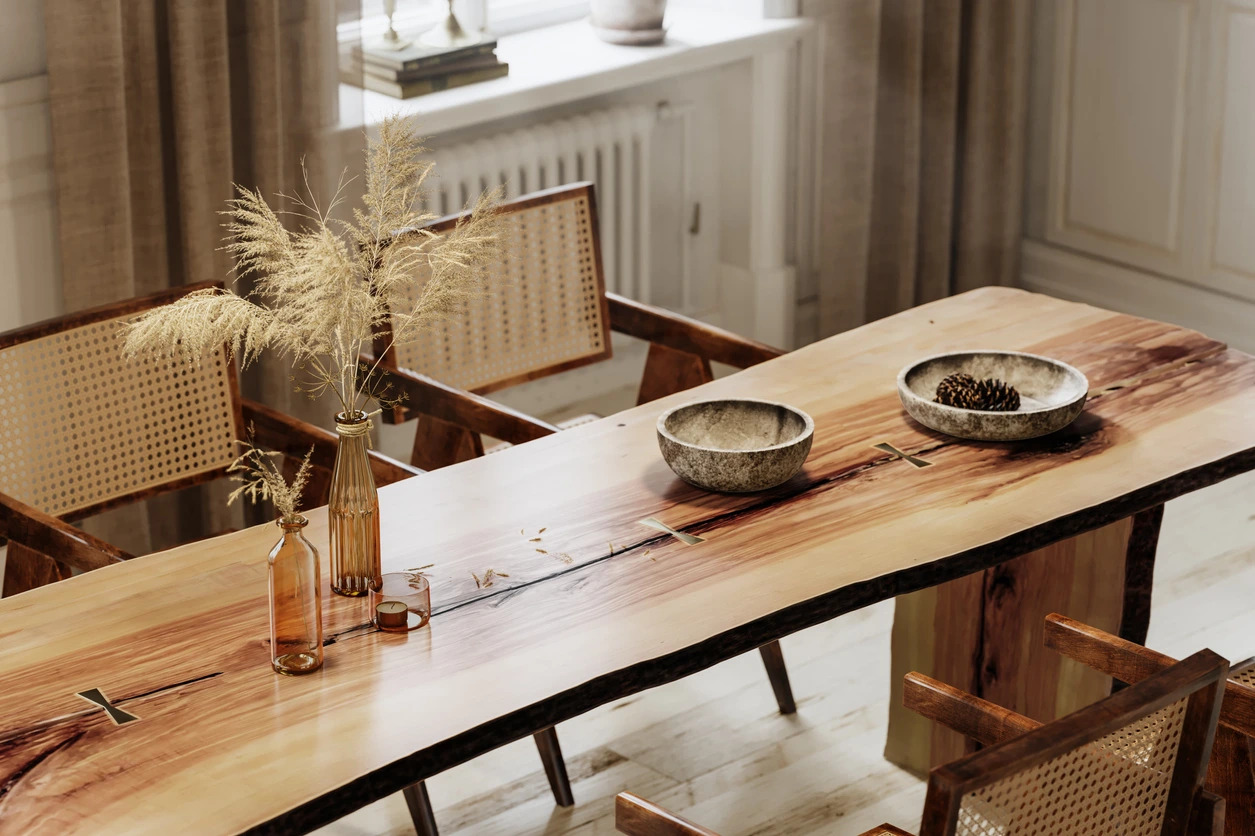
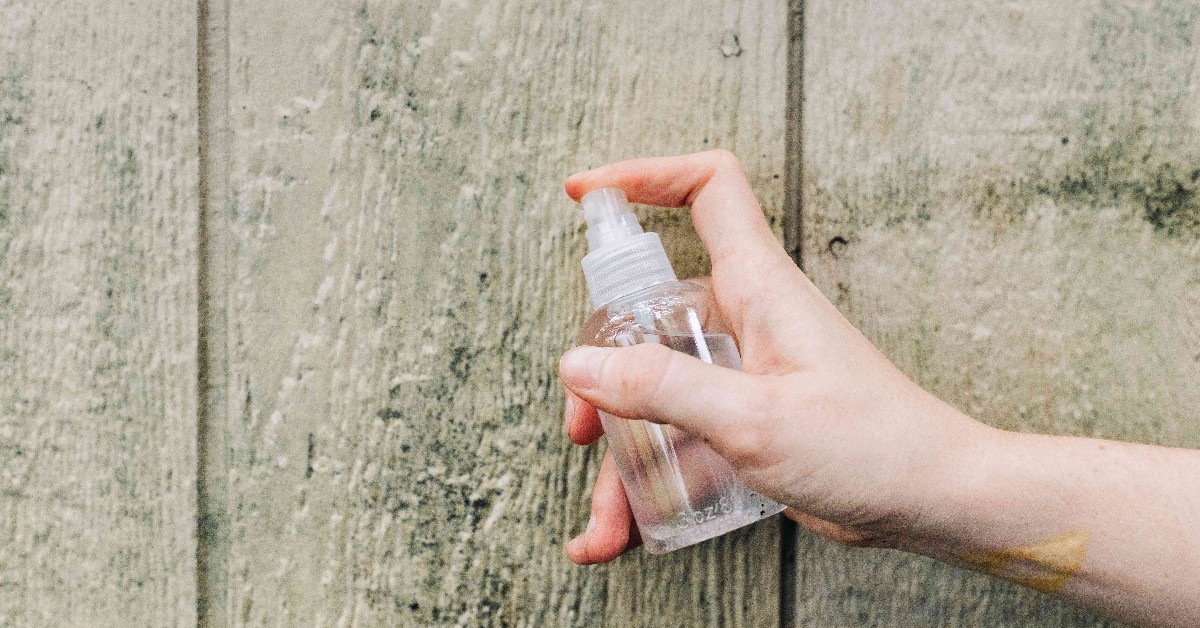
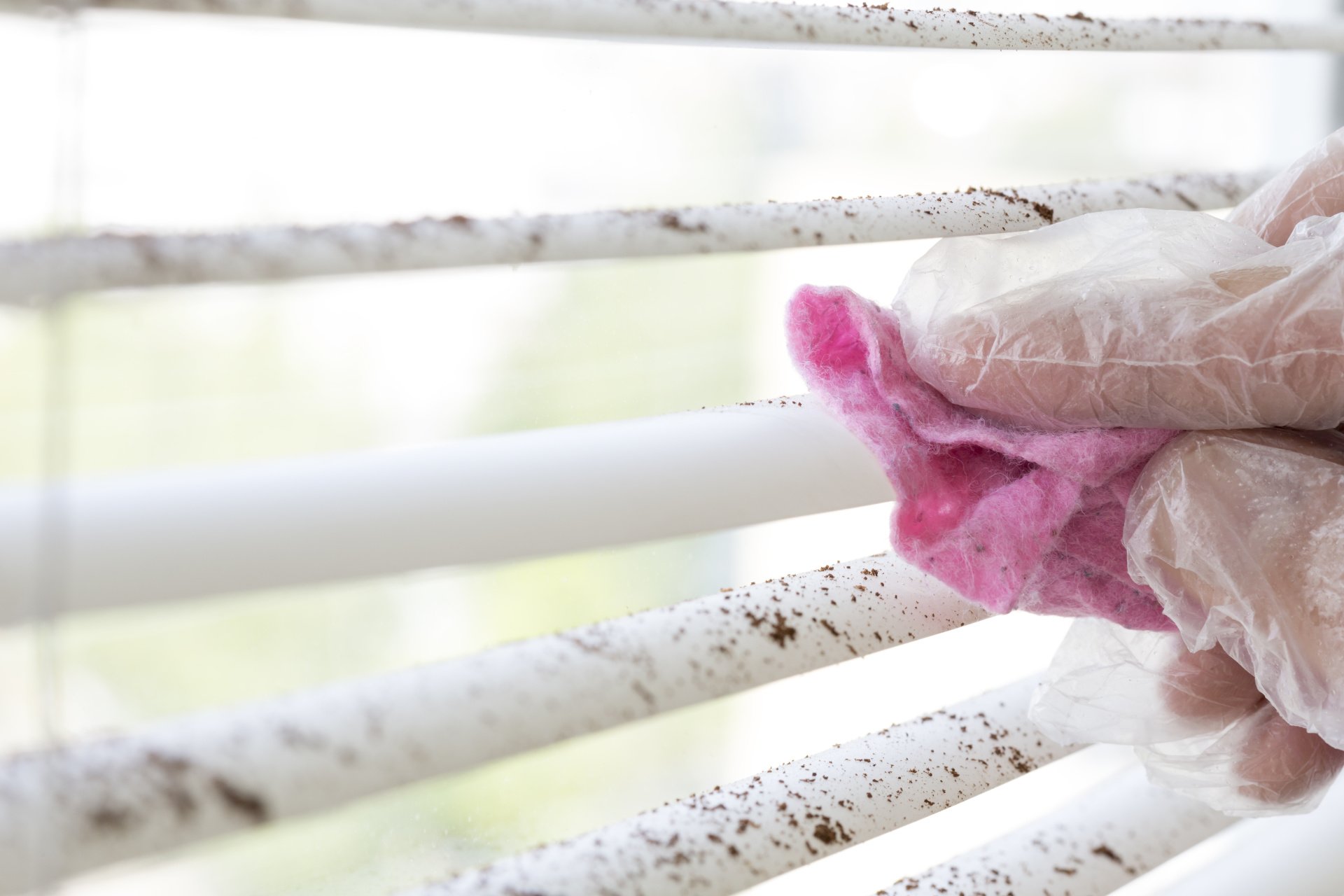

0 thoughts on “How To Get Mold Off Wood Furniture”